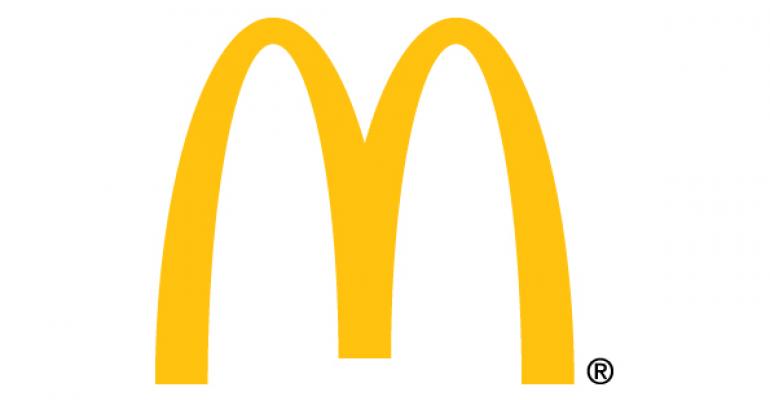As digital technology has made its way into more restaurant chains recently, McDonald’s Corp. has largely been on the sidelines, allowing chains like Starbucks and Panera Bread to lead the way.
But earlier this week, the Oak Brook, Illinois-based burger giant vowed to change that.
“We were late coming to the party,” CEO Don Thompson said on executives’ meeting with investors earlier this week. “But we will catch up and accelerate.”
Technology is playing a big role in what McDonald’s is calling its Experience of the Future, a major change in the way the company’s restaurants interact with their customers. While much of the focus has been on the company’s customization platform and its menu cuts, a big part of the effort involves using mobile and web ordering and payment along with kiosks to speed service.
The company is beefing up its digital workforce, including opening a new corporate office in Chicago to house its digital team. McDonald’s plans to boost its digital staff from about 20 today to between 200 and 250 by the end of next year, according to the Chicago Tribune.
McDonald’s is using the multipronged strategy to lift its U.S. business after poor performance in 2014: Domestic same-store sales have fallen 2.3 percent on the year, and November’s U.S. same-store sales decline of 4.6 percent indicated the company’s worst month in over a decade.
Some have blamed McDonalds’ problems on its bloated menu. Over the past decade, the chain has added new products and new dayparts in an effort to boost sales — and it worked, adding $770,000 in revenue to the average restaurant. But now, franchisees and others believe that all of those products have made operations too complex, which in turn have slowed its trademark speed.
As a result, the customization platform, “Create Your Taste,” has generated some skepticism among analysts because it involves adding a slower product. “While we believe that greater customization may appeal to some customers, we continue to believe that McDonald’s chief competition comes from other fast-food hamburger restaurants, which do not offer substantially more customization, but rather have been winning through greater innovation,” wrote Bernstein Research Analyst Sara Senator.
McDonald’s is addressing concerns about its menu by eliminating eight yet-unnamed items — though the company could cut out some varieties of Quarter Pounders, chicken sandwiches and Premium McWraps, according to Reuters.
But technology could also help improve customer experience by enabling diners to order on their phone or online and then pick up the order. “This is a shift in the way we engage with customers, and a shift in the way we talk to consumers in general,” Thompson said.
“If you want to come into the restaurant and you don’t want to talk to anybody, you can place a mobile order,” he added later. “Go to the pick-up area, pick up your food, and you’ll be on your way.”
Numerous restaurant chains have already rolled out a similar way of ordering. Earlier this year, for example, Panera Bread announced a massive upgrade, called “Panera 2.0,” that included operational changes, kiosks and mobile ordering.
Starbucks is working on a system in which customers can order and pay for coffee on their phones and have it delivered.
Chains like Wendy’s, Taco Bell, Chick-fil-A and others have also recently introduced mobile-ordering apps. But they all look to pizza chains for leadership on the digital front, since they have effectively leveraged technology to make it easier for customers to order pizzas. Papa John’s recently became the first chain in the industry to get more than 50 percent of its sales through digital channels, and perhaps not surprisingly, its sales are booming.
Analysts say that it will take time for McDonald’s new strategies to positively impact sales. The company is big, and it has to work with franchisees to implement many of the changes.
But Fitch Ratings suggested that the company’s sales should improve gradually in the next year. “An urgent and customer-centric approach to increasing traffic, combined with an improving U.S. economy and the potential for slightly higher disposable income for lower-income consumers should result in a gradual sales improvement in 2015,” Fitch wrote.
Contact Jonathan Maze at [email protected].
Follow him on Twitter at @jonathanmaze




